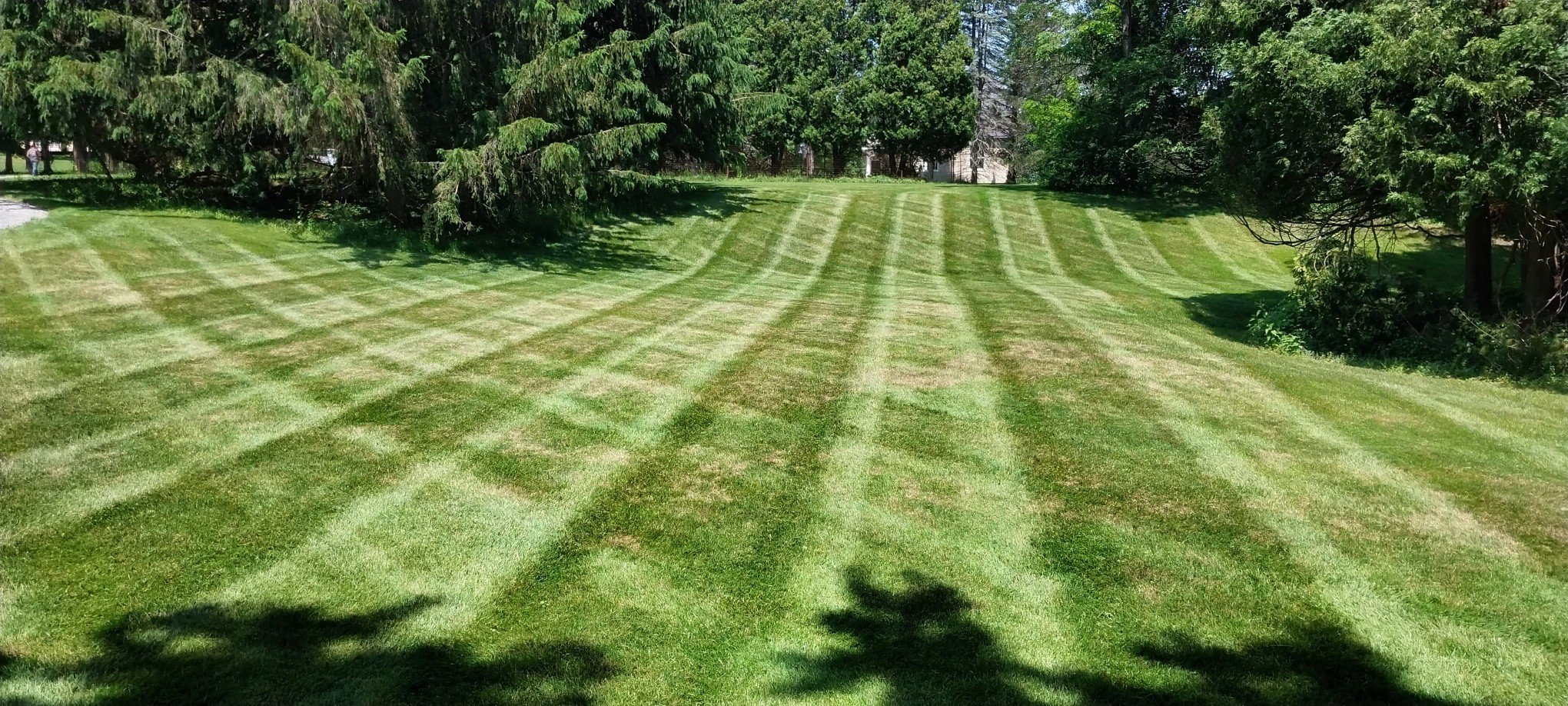May To Do’s
May brings in the awakening of spring, as leaf buds emerge, birds return from warmer climates, and flowers spring up from their earthen beds. It is during this natural revival that we find ourselves drawn into the yard, contemplating the chores awaiting us and the allure of fresh plant selections beckoning from nearby nurseries. The sheer volume of tasks, both big and small, can easily become daunting. How does one prioritize? Should the focus be on creating new garden beds or maintaining the existing ones? These are the questions that linger as we navigate through the season's possibilities.
Spring Cutbacks
Though not popular, some individuals, including myself, may choose to leave perennials and grasses standing through the winter to provide interest and food for birds and insects. If this practice resonates with you, now is the opportune moment to trim back all the deceased growth to facilitate the emergence of new growth. Additionally, in instances where these plants may have harbored invasive insects or pathogens from the previous season, it is advisable to clear away the leaf litter. While leaf litter can serve as a beneficial habitat for local insects, it also has the potential to carry diseases and pests that could pose harm to your plants. Embracing sound sanitary protocols within your landscape maintenance routine is crucial for the overall health of your outdoor space.
Pruning Tips for Ornamental Shrubs and Fruiting Trees and Shrubs
Ornamental Shrubs: Before flower buds emerge on ornamental shrubs, it is advisable to prune. Focus on removing any dead wood and broken limbs that may have occurred during the harsh winter months, as this can help improve the overall health of the plant. It is especially beneficial to prune Roses and Big Leaf Hydrangeas during this period to encourage vigorous growth and enhance the beauty of the blooms when they eventually appear in future seasons. For shaping shrubs, it is recommended to wait until July, especially for hedge trimming purposes, as the plants begin to transition into dormancy during this time.
Fruiting Trees and Shrubs:For fruiting trees and shrubs, the ideal time for pruning is in the late winter months, typically from January to March, when the plants are dormant. This timing helps promote healthy growth, encourages fruiting wood development, and ultimately leads to more abundant and higher-quality fruit production. It is essential to prune during this period to minimize stress on the plants and maximize the effectiveness of the pruning cuts, allowing for optimal healing and regrowth in the coming spring.
Weeding, Mulching, Composting
May presents an ideal opportunity for tending to garden beds by weeding, mulching, or incorporating compost. As weeds are less rampant during this time, the task becomes more efficient compared to the high-maintenance months of June through August. To enhance the aesthetics of garden beds, consider creating a sharp delineation between the lawn and garden with a crisp edge fashioned by a sharp spade shovel or a half-moon edger. When it comes to mulching, opting for all-natural mulch or using compost as an alternative can contribute essential nutrients to the soil, ensuring the health of your garden.
Vegetables and Annual Herbs
For the first part of May, it's essential to dedicate time to prepare your vegetable beds thoroughly. Incorporate nutrient-rich amendments such as fresh compost and topsoil. Don't forget to turn the soil over, ensuring that any cover crops like clover or rye, which were planted to enhance nitrogen levels, are buried to facilitate decomposition. Once the beds are primed and ready, consider planting cold-tolerant varieties such as Lettuce, Kale, Spinach, Carrot, Parsnip, Cabbage, Onions, Brussel Sprouts, and Broccoli. Additionally, sow seeds of Snow Peas, Beans, and Potatoes. Perennial herbs like Catmint, Mint, Spearmint, Thyme, Lemon Balm, Scallions, and Lavender are likely flourishing during this period. Keep an eye out for self-seeding Cilantro and emerging Chamomile. Towards the end of May, it's ideal to plant warmth-loving vegetables including Tomatoes, Okra, Eggplant, various Peppers, Zucchini, Summer Squash, and Cucumbers. Consider reserving space for annual herbs like Rosemary, Lemon Grass, Eucalyptus, Nasturtium, and Marjoram to be planted later in the month.
Summer Bulb Plantings
We are accustomed to planting bulbs in the fall for spring blooms, but there are also bulbs that thrive when planted in early May to grace our gardens with vibrant summer blooms. Varieties such as Dahlias, Canna Lilies, Gladiolas, and shade-loving Elephant Ears are ideal for planting at this time. Remember, these bulbs can be preserved for the next season by carefully digging them out in late fall and storing them in a paper bag. Prior to replanting, ensure to rehydrate the bulbs by soaking them in water for 24 hours. Alternatively, you can plant them directly from the bag with success. Remember to discard any moldy bulbs to maintain the health of your garden.
Mow
Mow lawns at a height of 3 inches to effectively preserve moisture within the soil, which in turn helps to inhibit weed growth by providing natural shade. This height is optimal for maintaining a healthy lawn ecosystem.
Consultation
Of course, any yard work can be overwhelming, and sometimes it is nice to get advice from professional landscapers and horticulturists. Whether you need help planning your garden layout, selecting the right plants, or creating a sustainable landscape design, our team at Mountain Home Landscape is here to assist you. Please do not hesitate to reach out via phone or email to schedule a consultation or discuss future work with us.





